Adapting to change is not easy for many of us who grew up in an era of telephone calls and snail mail. However, life is very different for digital natives; children who are born in the internet and information age.
What does it take for children to survive and thrive in today’s landscape? Experts weigh in.

#1 CRITICAL THINKING
The ability to think critically is the currency of our time. According to Mr Edwin Edangelus Cheng, Director of EduEdge English Specialists, many students are not quite where they should be in terms of critical thinking. Mr Cheng, who is also the creator of the ‘Formula-Style’ method of teaching English shares this after having supported more than 1800 students over the last 15 years as a language specialist.
Many parents know the importance of critical thinking and problem skills, but struggle with the how. Mr Cheng encourages them to begin with a conscious commitment to be mindful of and intentionally seek to improve their children’s critical thinking skills.
He suggests two ways parents can tangibly help their children.
Be more aware of your everyday experiences. Every day we are exposed to a great medium to develop children’s critical thinking skills – advertisements. Instead of asking the ‘what’ questions, i.e. ‘What is the advertisement about’ or ‘What can we learn from it’, ask the ‘how’s and ‘why’s instead. These are the deeper questions.
For example, when looking at an advertisement, we could ask ‘Why do you think these colours or images were used?‘
We could also examine the motivations behind the designer or brand.
For example, ‘Why did the creator make the advertisement in this way?’ or ‘How does the message connects to you and me, as a viewer?’
- A Problem A Day
Mr Cheng calls the second method Problem a Day Matter. “When you begin your day, driving to work, sending your child to school, focus on finding a solution to a problem.
Invite your child to keep a log of the problems they face in school or in their lives. We tend to become emotional about a problem initially. We often ask ‘Why do I have to deal with this?’ We focus on the problem. Instead, redirect the focus on finding a solution.
Ask your children to write down or share how they feel about the problem. This helps them become more attuned to their own emotions. Next, examine with them why they feel this way. Lastly, tackle the ‘how’ by listing down all the different ways your children can think of to solve the problem.
By working on this exercise on a daily, consistent basis, both you and your child will develop more clarity in your thinking processes. Over time, this will lead them to be better problem solvers.
#2 CREATIVITY
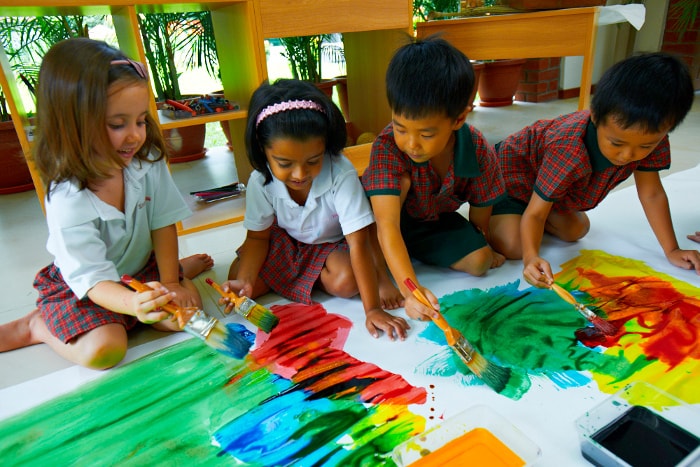 Photo courtesy of EtonHouse Pre-school
Photo courtesy of EtonHouse Pre-school
Art is one of the best platforms to begin encouraging a child’s curiosity and fostering an environment of creativity, states Ms Kim Fitzharris, Atelierista (the term used for an arts teacher in the Reggio Emilia method) at EtonHouse Pre-School.
“Parents and teachers might find it hard to suspend the idea that a ‘finished’ product is proof of ‘successful’ learning. Yes, it is fun to have a shiny art piece to show and there is a sense of accomplishment of a job well done. But have we forgotten about why we create art in the first place?” asks Ms Kim.
Instead of trying to rush or coerce children to come up with art that is visually appealing in our eyes, Ms Kim suggests allowing children the time and freedom to explore, experiment, make mistakes, and find their own style. She warns that if adults and children are too focused on a final product, it takes away from their experience and limits their learning.
Ms Kim adds, “Art sessions can offer many precious lessons to us and our children if we let them learn from the experience of doing. For example, when a child handles paint and it drips, the child learns to tolerate frustration and persevere.
He may not see it as a “poor” result but rather an opportunity to learn. He may even like the dripping effect and repeat it deliberately. If the teacher’s response is one of negative affect, the child is made to feel that some paintings are better than others, and they will begin to judge their own work, potentially hindering their creative expression.”
- Story-telling
Another great avenue for fostering creativity is storytelling. Ms Ng Shu Ping, Director of Pedagogy at E-Bridge Pre-School, encourages parents to fire up their children’s imagination with everyday conversations, engaging story-telling and the willingness to place less emphasis on the need to do things one fixed way.
She elaborates, “In Singapore, many parents do seem to place an emphasis on developing their child’s creativity hence the demand for enrichment programs such as art, dance and music courses. However, the focus sometimes tends to be on perfecting the skill. For example, being able to draw, dance or play an instrument really well.
This is different from placing an emphasis on developing the children’s imagination and creativity. While having the right skill set is important, imagination and creativity cannot flourish if the learning environment overly focuses on the right way or the one way to do things.”
Story-telling sessions can be used to encourage children to tap on their imagination. During storytelling sessions with your children, pause before the ending and ask children for their version as to how they think the story will end. Asking open-ended questions such as, “Why do you think that happened?”, “How do you know?”, “What do you feel about…?” and “How did you feel?” promote analytical skills and forge a deeper understanding.
#3 CONNECTIVITY
Building genuine connections comes naturally. The sad truth is, too many children and adults struggle with this basic human skill, as more and more of our conversations are held more over mobile devices rather than face-to-face. But it does not have to be that way. With consistent boundaries set by parents and caregivers, children need not become addicted to these devices.

According to the American Academy of Paediatrics, the maximum recommended screen time for children aged two to five is one hour a day. It is recommended parents watch “high quality programming” together with their children during this allocated hour.
Children younger than 18 months should not get any screen time.
⇒ Related Read: Is my child getting too much screen time?
Is this a tough act to follow? Certainly.
It is challenging to limit a child’s screen time, especially when such moments frees up already-busy parents to do the things that need to be done. Yet we need to prioritise our children and not see screens as a “babysitter-in-kind”.
Besides limiting screen time, it is imperative that children are taught not just academic intelligence, but social intelligence as well.
Mrs Dawn Choy, principal of Dreamkids Preschool, cites this as a major focus for her staff team, “We want to teach our children empathy and social engagement; how to build genuine human connections – from their friends and teachers in school to the community that stays in their neighbourhood.”
For instance, when taking the short walk to the community playground and facilities for outdoor learning and play, Dawn encourages her teachers and students to greet different people they meet with high-fives, and to engage in short conversations with them.
The world needs people who can think outside the box. But it also needs people who can relate to other people, to listen empathise and work on solutions together. Such skills do not come about naturally or overnight.
Set a firm foundation for their future by building on these skills today.
By Dorothea Chow.
This was first published in The New Age Parents e-guide.
* * * * *
Like what you see here? Get parenting tips and stories straight to your inbox! Join our mailing list here.
Want to be heard 👂 and seen 👀 by over 100,000 parents in Singapore? We can help! Leave your contact here and we’ll be in touch.

























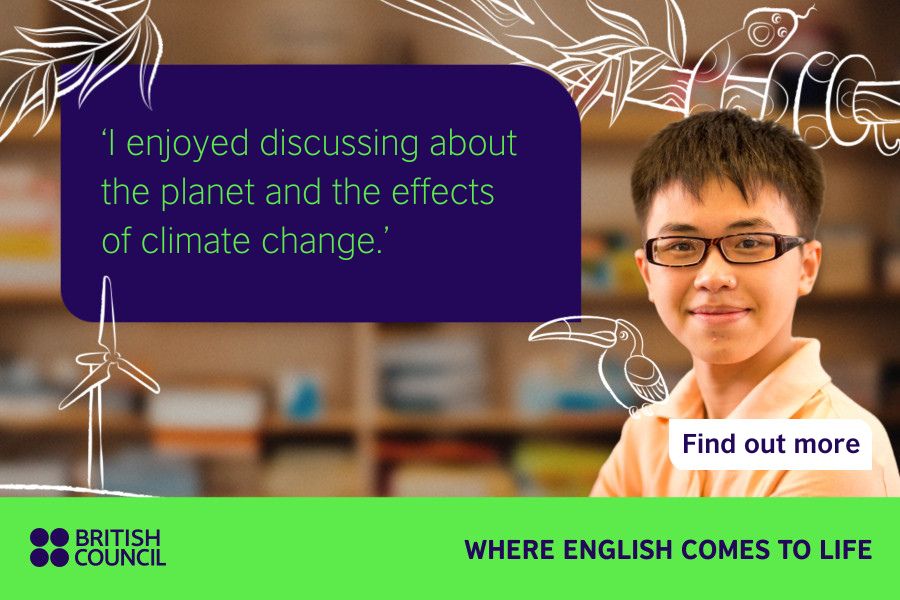










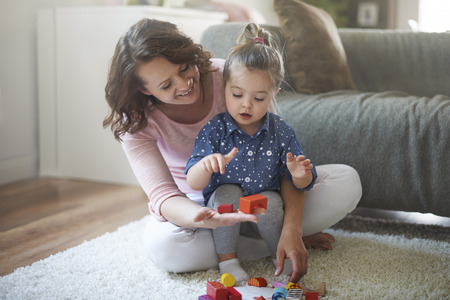






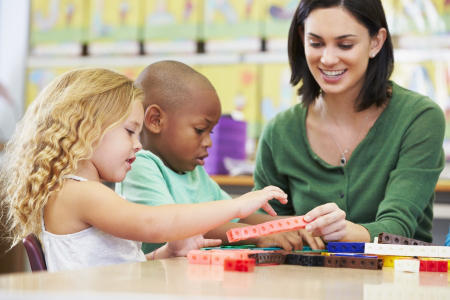

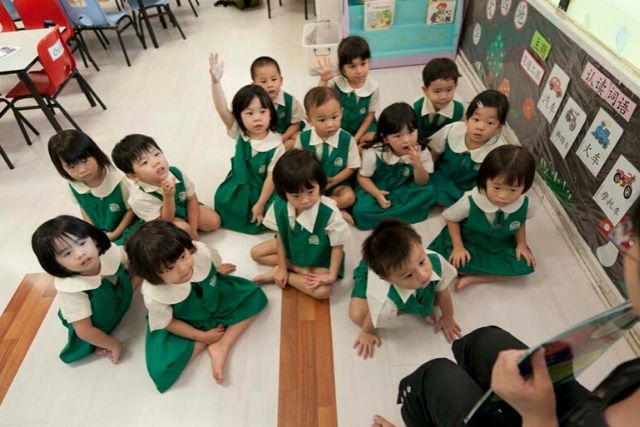

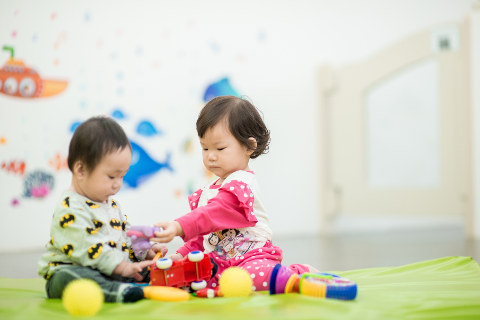










Leave a Comment: